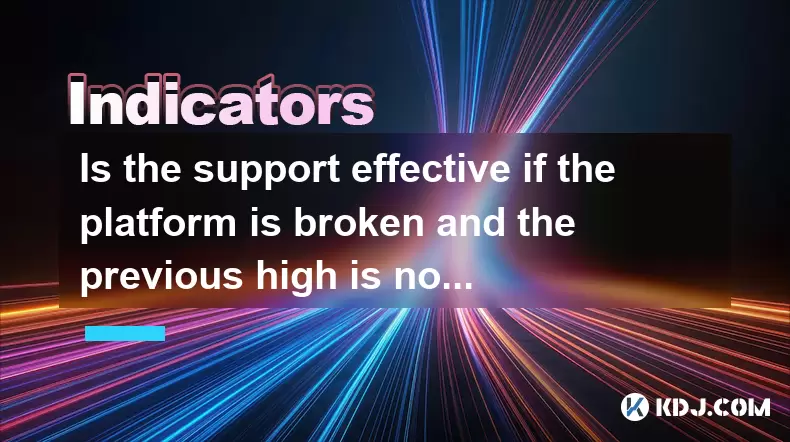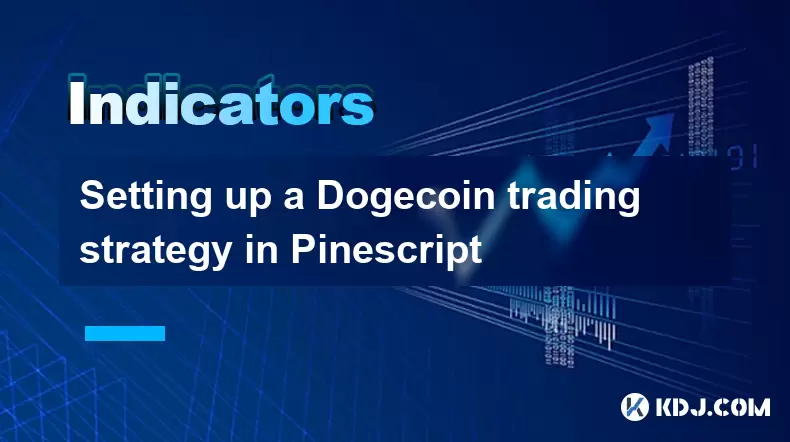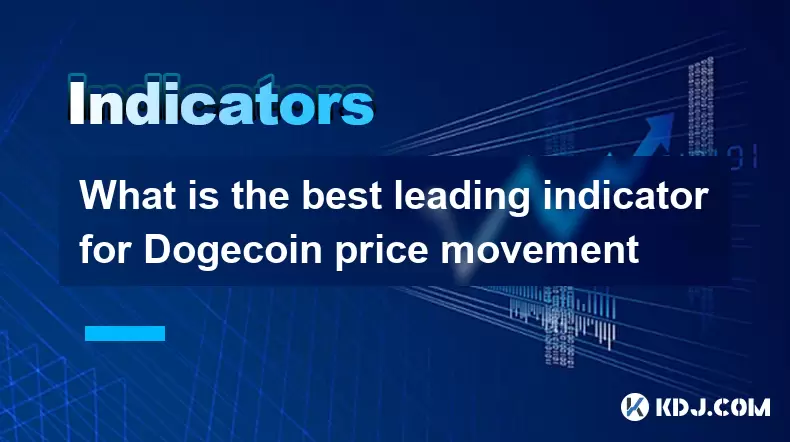-
 Bitcoin
Bitcoin $108,802.0448
0.59% -
 Ethereum
Ethereum $2,556.7655
1.66% -
 Tether USDt
Tether USDt $1.0001
-0.02% -
 XRP
XRP $2.2765
2.15% -
 BNB
BNB $662.6901
1.16% -
 Solana
Solana $151.4936
2.68% -
 USDC
USDC $0.9999
0.00% -
 TRON
TRON $0.2857
0.49% -
 Dogecoin
Dogecoin $0.1704
4.33% -
 Cardano
Cardano $0.5847
1.63% -
 Hyperliquid
Hyperliquid $39.2227
-0.47% -
 Sui
Sui $2.9110
0.60% -
 Bitcoin Cash
Bitcoin Cash $491.8681
1.55% -
 Chainlink
Chainlink $13.4311
2.12% -
 UNUS SED LEO
UNUS SED LEO $9.0273
0.09% -
 Avalanche
Avalanche $18.1653
1.64% -
 Stellar
Stellar $0.2442
2.69% -
 Toncoin
Toncoin $2.8966
5.36% -
 Shiba Inu
Shiba Inu $0.0...01180
2.95% -
 Litecoin
Litecoin $87.8955
1.49% -
 Hedera
Hedera $0.1573
1.30% -
 Monero
Monero $316.6881
0.88% -
 Polkadot
Polkadot $3.3938
1.37% -
 Dai
Dai $0.9999
-0.01% -
 Ethena USDe
Ethena USDe $1.0001
-0.01% -
 Bitget Token
Bitget Token $4.3976
0.08% -
 Uniswap
Uniswap $7.4020
6.83% -
 Pepe
Pepe $0.0...01000
3.22% -
 Aave
Aave $276.6854
2.05% -
 Pi
Pi $0.4586
-0.62%
Is the support effective if the platform is broken and the previous high is not broken?
A broken platform can still act as effective support if the price holds above it during a retest, even if the previous high isn't revisited.
Jul 02, 2025 at 06:49 am

Understanding Support and Resistance in Cryptocurrency Trading
In cryptocurrency trading, support and resistance levels are fundamental tools used by traders to identify potential price reversal points. Support refers to a price level where a downtrend is expected to pause due to a concentration of demand or buying interest. Conversely, resistance is the price level at which an uptrend may face selling pressure, causing the price to stall or reverse.
When analyzing charts, especially in volatile crypto markets like Bitcoin or Ethereum, traders often look for these levels to make informed decisions. The question arises: Is the support effective if the platform is broken and the previous high is not broken? To answer this, we must first understand what constitutes a broken platform and how it affects the reliability of support levels.
What Is a Broken Platform?
A "broken platform" typically refers to a situation where a consolidation phase—often seen as a horizontal range on the chart—is breached. A platform forms when the price trades within a narrow range over time, indicating indecision among market participants. When this range is broken either to the upside or downside, it's considered a platform breakout.
- Bullish Breakout: Occurs when the price moves above the upper boundary of the platform.
- Bearish Breakout: Happens when the price drops below the lower boundary.
Once the platform is broken, traders expect the price to move in the direction of the breakout. However, sometimes the price retraces back to the broken level, testing its validity.
Testing the Broken Platform as Support
After a bullish breakout, the previously broken resistance can turn into a new support level. This phenomenon is known as support/resistance flip. If the price retraces and finds support near the broken platform, it can be a sign that the breakout was valid and the trend may continue.
However, if the previous high (the upper boundary of the platform) is not broken again after the retracement, some traders might question whether the support is truly effective. Here’s why:
- The fact that the price does not revisit the previous high could indicate weak momentum.
- Alternatively, it could mean that the breakout has strong conviction, and bears are unwilling or unable to push prices back up to test the old resistance.
In such cases, the effectiveness of the broken platform as support depends on whether the price holds above it during the retest. If it does, then yes, the support is effective.
How to Confirm Effective Support After a Broken Platform
To determine whether the broken platform is acting as effective support, follow these steps:
- Look for Price Rejection: Observe if the price bounces off the broken platform with strong candlestick patterns like hammers, bullish engulfing, or morning stars.
- Check Volume Patterns: A healthy bounce should come with increased volume, showing that buyers are stepping in.
- Monitor Timeframe Context: Short-term retracements on hourly charts may not invalidate a daily-level support break.
- Use Moving Averages or Trendlines: These can help confirm whether the price is respecting the area around the broken platform.
- Avoid Immediate Assumptions: Wait for a few candles to close above the support zone before considering it valid.
Each of these indicators helps traders assess whether the broken platform continues to hold significance as support.
Candlestick Behavior Around Retested Levels
Candlestick behavior plays a crucial role in confirming whether the broken platform is still meaningful. Traders pay attention to how the price interacts with the level during a retest.
- Strong Bullish Close: If the price closes significantly above the broken platform, it reinforces the support's strength.
- Long Lower Wick: Indicates rejection of lower prices and potential accumulation.
- Multiple Touches Without Breaking Down: Suggests institutional or algorithmic support around that level.
If the previous high isn't touched again but the price remains above the broken platform, it may suggest that the market is moving forward without looking back—an indication of strong sentiment.
Frequently Asked Questions
1. Can a broken platform act as support even if it wasn’t clearly defined before the breakout?
Yes, platforms don’t always need to have multiple touches to be valid. Even loosely defined consolidation zones can become significant once they’re broken and retested.
2. How long can a broken platform remain relevant as support or resistance?
This varies depending on the timeframe. On higher timeframes like daily or weekly charts, broken platforms can remain relevant for weeks or months. On shorter timeframes, their relevance diminishes more quickly.
3. Should I place stop-loss orders just below a broken platform that’s now acting as support?
Yes, placing a stop-loss slightly below the broken platform is a common strategy. It helps protect against false breakouts while giving the trade room to breathe.
4. What if the price breaks through the broken platform again after using it as support?
That would signal a potential trend reversal or weakening of the bullish momentum. Traders should reassess the technical structure and possibly exit or hedge their positions.
Disclaimer:info@kdj.com
The information provided is not trading advice. kdj.com does not assume any responsibility for any investments made based on the information provided in this article. Cryptocurrencies are highly volatile and it is highly recommended that you invest with caution after thorough research!
If you believe that the content used on this website infringes your copyright, please contact us immediately (info@kdj.com) and we will delete it promptly.
- Litecoin Breakout Watch: What Traders Need to Know Now
- 2025-07-06 16:50:13
- Bitcoin, Solana, Ethereum: Decoding the Latest Buzz on the Blockchain
- 2025-07-06 16:50:13
- Widnes Resident's 50p Could Be Your Ticket to Easy Street: Rare Coin Mania!
- 2025-07-06 16:55:13
- Bitcoin, Solaris Presale, and Token Rewards: What's the Buzz?
- 2025-07-06 16:55:13
- Ethereum Under Pressure: Price Drop Amid Global Uncertainties
- 2025-07-06 17:00:13
- XRP, SEC Case, and Prosperity: A New Era for XRP Holders?
- 2025-07-06 17:10:13
Related knowledge

How to spot manipulation on the Dogecoin chart
Jul 06,2025 at 12:35pm
Understanding the Basics of Chart ManipulationChart manipulation in the cryptocurrency space, particularly with Dogecoin, refers to artificial price movements caused by coordinated trading activities rather than genuine market demand. These manipulations are often executed by large holders (commonly known as whales) or organized groups aiming to mislead...

What is the significance of a Dogecoin engulfing candle pattern
Jul 06,2025 at 06:36am
Understanding the Engulfing Candle Pattern in CryptocurrencyThe engulfing candle pattern is a significant technical analysis tool used by traders to identify potential trend reversals in financial markets, including cryptocurrencies like Dogecoin. This pattern typically consists of two candles: the first one is relatively small and indicates the current...

Dogecoin monthly chart analysis for long term investors
Jul 06,2025 at 10:08am
Understanding the Dogecoin Monthly ChartFor long-term investors, analyzing the monthly chart of Dogecoin (DOGE) provides a macro view of its price behavior over extended periods. The monthly chart captures major trends, key resistance and support levels, and potential reversal zones that are crucial for strategic investment planning. Unlike daily or hou...

How to manage risk using ATR on Dogecoin
Jul 06,2025 at 02:35am
Understanding ATR in Cryptocurrency TradingThe Average True Range (ATR) is a technical indicator used to measure market volatility. Originally developed for commodities, it has found widespread use in cryptocurrency trading due to the high volatility inherent in digital assets like Dogecoin (DOGE). The ATR calculates the average range of price movement ...

Setting up a Dogecoin trading strategy in Pinescript
Jul 06,2025 at 05:00pm
Understanding Dogecoin and Its Place in the Cryptocurrency MarketDogecoin (DOGE) is a decentralized, peer-to-peer cryptocurrency that was initially created as a joke but has since gained significant traction in the crypto market. Despite its humorous origins, Dogecoin has been adopted by a large community and supported by notable figures such as Elon Mu...

What is the best leading indicator for Dogecoin price movement
Jul 06,2025 at 06:00pm
Understanding Leading Indicators in CryptocurrencyIn the world of cryptocurrency trading, leading indicators play a crucial role in forecasting price movements before they occur. These tools are used by traders to anticipate potential market changes and make informed decisions. For Dogecoin (DOGE), which is known for its volatile nature and strong commu...

How to spot manipulation on the Dogecoin chart
Jul 06,2025 at 12:35pm
Understanding the Basics of Chart ManipulationChart manipulation in the cryptocurrency space, particularly with Dogecoin, refers to artificial price movements caused by coordinated trading activities rather than genuine market demand. These manipulations are often executed by large holders (commonly known as whales) or organized groups aiming to mislead...

What is the significance of a Dogecoin engulfing candle pattern
Jul 06,2025 at 06:36am
Understanding the Engulfing Candle Pattern in CryptocurrencyThe engulfing candle pattern is a significant technical analysis tool used by traders to identify potential trend reversals in financial markets, including cryptocurrencies like Dogecoin. This pattern typically consists of two candles: the first one is relatively small and indicates the current...

Dogecoin monthly chart analysis for long term investors
Jul 06,2025 at 10:08am
Understanding the Dogecoin Monthly ChartFor long-term investors, analyzing the monthly chart of Dogecoin (DOGE) provides a macro view of its price behavior over extended periods. The monthly chart captures major trends, key resistance and support levels, and potential reversal zones that are crucial for strategic investment planning. Unlike daily or hou...

How to manage risk using ATR on Dogecoin
Jul 06,2025 at 02:35am
Understanding ATR in Cryptocurrency TradingThe Average True Range (ATR) is a technical indicator used to measure market volatility. Originally developed for commodities, it has found widespread use in cryptocurrency trading due to the high volatility inherent in digital assets like Dogecoin (DOGE). The ATR calculates the average range of price movement ...

Setting up a Dogecoin trading strategy in Pinescript
Jul 06,2025 at 05:00pm
Understanding Dogecoin and Its Place in the Cryptocurrency MarketDogecoin (DOGE) is a decentralized, peer-to-peer cryptocurrency that was initially created as a joke but has since gained significant traction in the crypto market. Despite its humorous origins, Dogecoin has been adopted by a large community and supported by notable figures such as Elon Mu...

What is the best leading indicator for Dogecoin price movement
Jul 06,2025 at 06:00pm
Understanding Leading Indicators in CryptocurrencyIn the world of cryptocurrency trading, leading indicators play a crucial role in forecasting price movements before they occur. These tools are used by traders to anticipate potential market changes and make informed decisions. For Dogecoin (DOGE), which is known for its volatile nature and strong commu...
See all articles

























































































